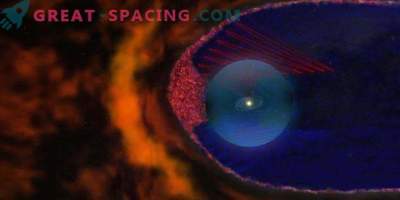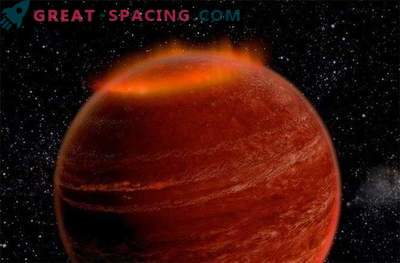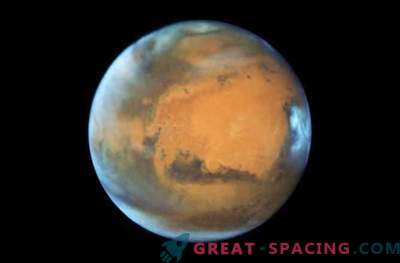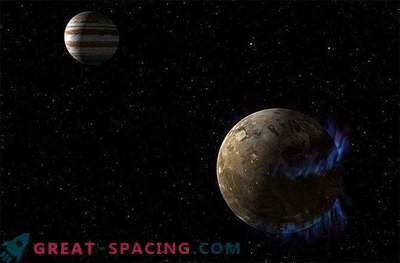
When you live in areas of the far north or southern regions of the Earth, in addition to a very long winter, you have a unique opportunity to enjoy a special astronomical phenomenon: the aurora, sometimes called the northern or southern lights. They occur when charged particles from the Sun interact with the lines of force of the Earth’s magnetic field high in the atmosphere.
Fortunately for future explorers of the Solar System, they will have a unique opportunity to enjoy such a light show on other planets and satellites. Here is a brief overview of some of the studies of auroras that occur elsewhere in the solar system. (It should be noted that auroras may occur in other places, such as Venus, but we will focus on confirmed observations).
Mars
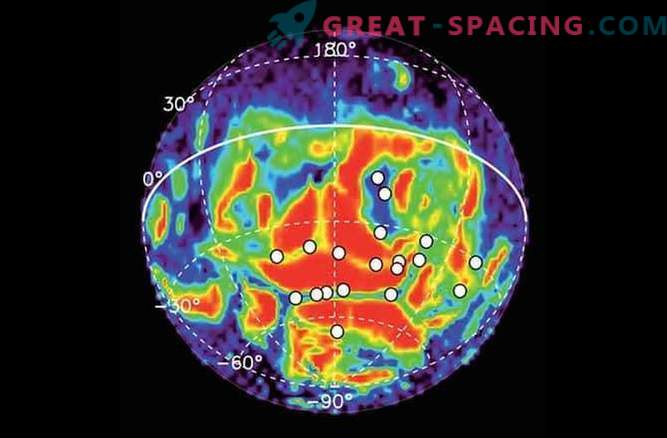
Mars does not have a global magnetic field like Earth, so we don’t expect to see aurora here. But the Red Planet has residual magnetism in the crust, which is enough to form the aurora. During 10 years of observing Mars, auroras were repeatedly recorded at the intersections of open and closed field lines.
The polar lights, which shone on Mars in the ultraviolet, were also observed by the NASA Maven spacecraft (from the English Mars Atmosphere and Volatile EvolutioN - “Evolution of Atmosphere and Volatile Matter on Mars”) for 5 days on December 25, 2014. In this case, the aurora appears to have been caused by the explosion of energetic particles on the sun, which penetrated deep into the atmosphere of Mars.
Jupiter and his satellites
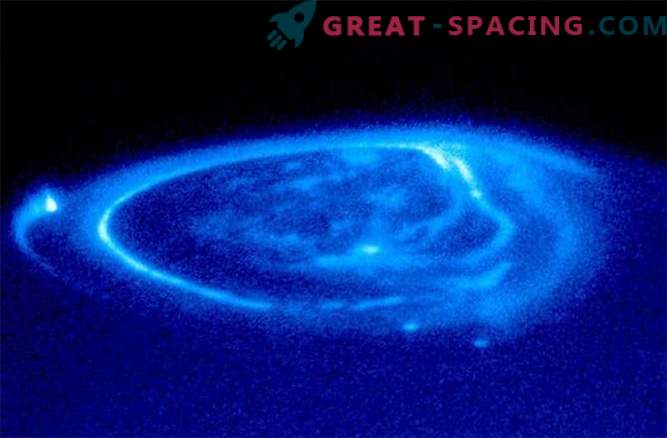
10 years after the NASA Galileo mission ceased to exist in 2003, scientists are eager to learn more about Jupiter’s magnetic field. Fortunately, NASA's Juno spacecraft will reach the Jupiter system in 2016. On board, among other tools, the device has an ultraviolet spectrometer, which will give a more detailed look at the aurora on the planet.
The amazing image (above) made by the Hubble Space Telescope shows the radiance around Jupiter’s north pole caused by emissions from the three largest satellites: Io, Ganymede and Europe. Emissions create an electric current that interacts with Jupiter’s magnetic field.
Some of Jupiter’s moons also have peculiar auroras. Galileo noticed the collisions of charged particles and the atmosphere of Io, which generate emissions similar to the radiance. Auroral features on Europe occur because Jupiter has such a strong magnetic field, affecting the atmosphere of Europe. And we can not forget Ganymede, which has a stable magnetic field.
Saturn
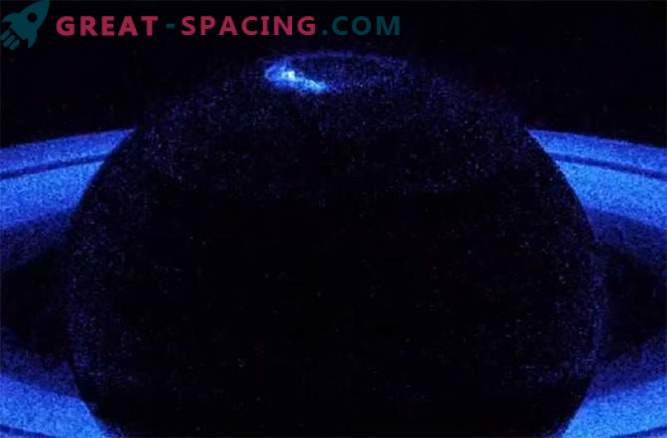
Saturn is under close surveillance by NASA's Cassini spacecraft, which arrived there in 2004. Last year, Cassini and Habll teamed up to get a panoramic image of the aurora on Saturn. The result of this collaboration was the image, thanks to which we have a unique opportunity to study the interaction of flares on the Sun and its influence on the magnetic field of Saturn, as well as to show the complexity of these interactions.
The main conclusions are: it turns out that there is a strong link between solar activity and auroras on Saturn. Storms also support magnetic power lines, which are associated with the movements of satellites Enceladus and Mimas.
Uranus
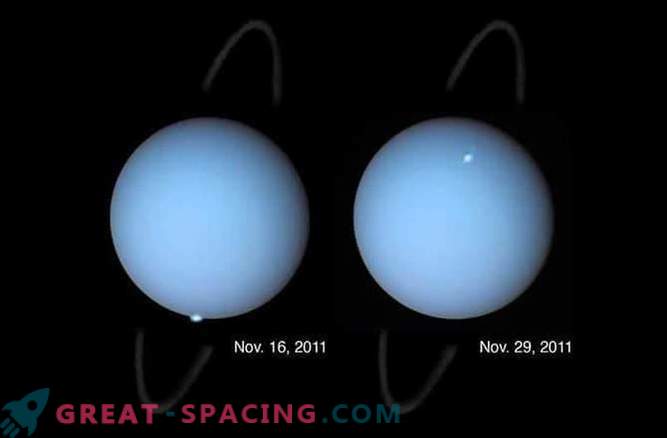
The Voyager-2 spacecraft collected some information about auroras on Uranus when it passed through its system in 1986, but little is known about its magnetosphere to this day. He is so far away that only one ship has visited him, so we have very little information about auroras and other signs of magnetic activity. A brief exception was made in 2011 when the aurora was so bright that it was noticed by Hubble.
In the ultraviolet images taken during the period of increased solar activity in November 2011, the aurora of Uranus could be seen. But due to the magnetic field of Uranus, which is inclined at an angle of 59 degrees to the axis of rotation, auroral spots appeared far from the north and south poles of the planet.
Neptune
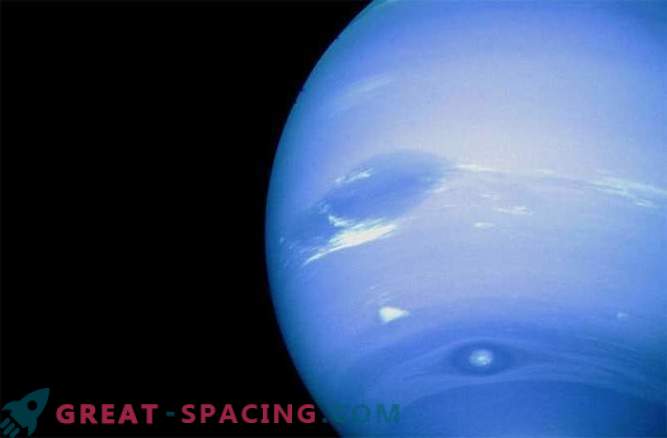
Neptune is the most distant planet about which we know little. The best image of Neptune was obtained in 1989 during the flight of the NASA Voyager 2 spacecraft.
Voyager 2 discovered Neptune's magnetic field, which is different from that of the earth. Due to Neptune’s complex magnetic field, auroras are extremely complex processes that occur in wide regions of the planet, and not just near magnetic poles. Neptune's auroras are weak and are estimated at 50 million watts, compared with 100 billion watts on Earth.
